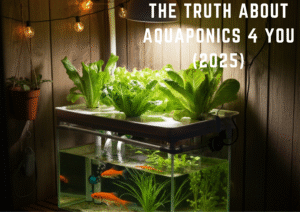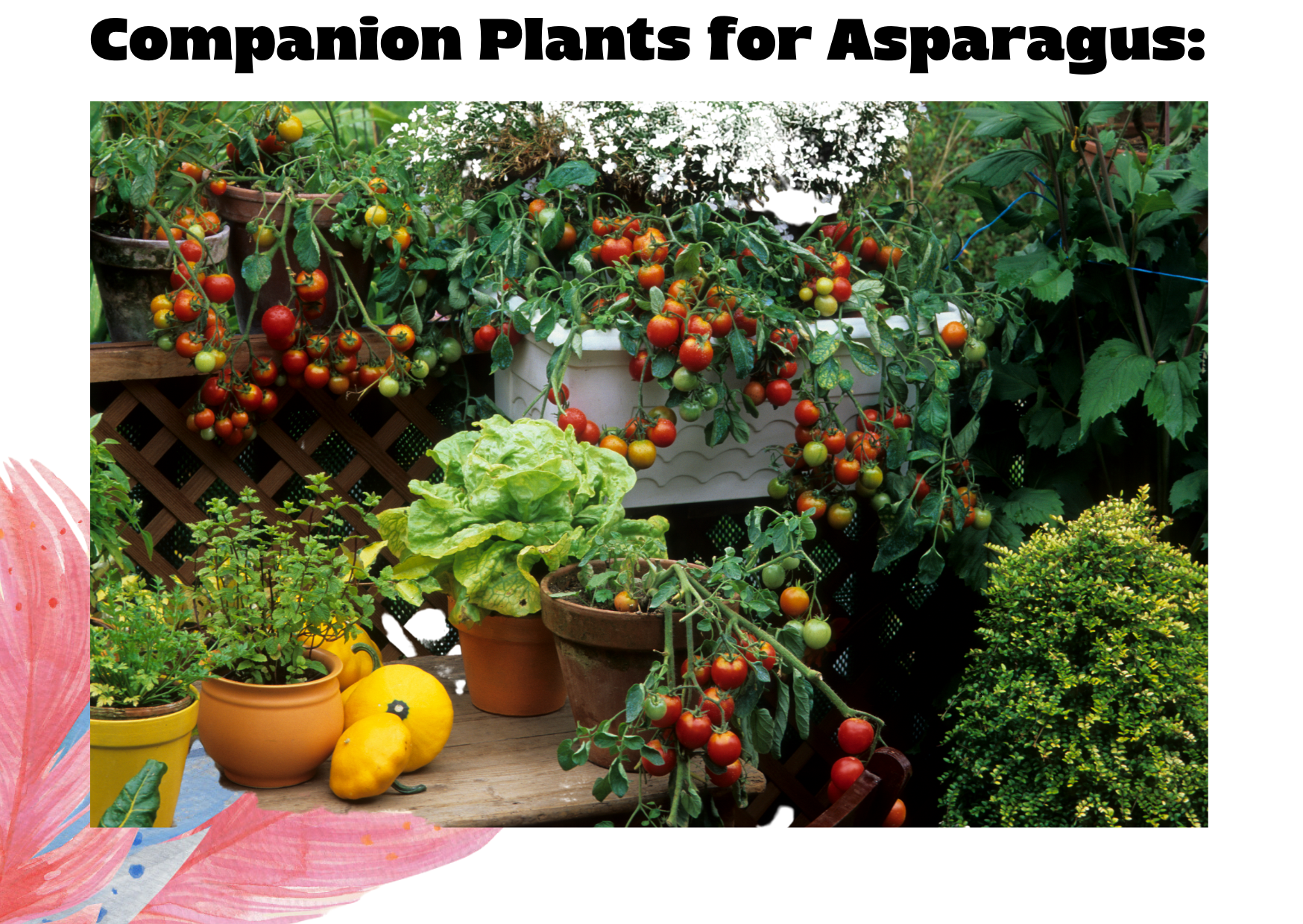The Best Companion Plants for Asparagus: Grow a Thriving Garden
 Asparagus, with its delicate spears and delicious flavor, is a prized addition to any vegetable garden. But did you know that certain plants can actually enhance your asparagus harvest and overall garden health? Companion planting, the practice of strategically grouping plants together for mutual benefit, offers a natural and sustainable way to achieve this.
Asparagus, with its delicate spears and delicious flavor, is a prized addition to any vegetable garden. But did you know that certain plants can actually enhance your asparagus harvest and overall garden health? Companion planting, the practice of strategically grouping plants together for mutual benefit, offers a natural and sustainable way to achieve this.
This guide delves into the world of companion planting for asparagus, exploring the best companion plants to boost your asparagus growth, deter pests, and optimize your garden space. Let’s cultivate a thriving asparagus patch together!
Why Companion Planting Makes Sense for Asparagus:
Improved Growth and Yield: Certain companion plants help fix nitrogen in the soil, a crucial nutrient for asparagus growth. Others provide shade for the delicate asparagus crowns, preventing them from drying out during hot summer months.
Natural Pest Control: Some companion plants attract beneficial insects like ladybugs and hoverflies, which prey on asparagus beetles, a common pest. Additionally, some plants release strong scents that repel unwanted insects.
Choosing the Best Companion Plants for Asparagus:
Nitrogen-Fixing Plants:
Comfrey: This versatile plant is a powerhouse for nitrogen fixation and provides additional nutrients like potassium. However, due to its aggressive growth, comfrey is best grown in a separate container and used as a nutrient-rich mulch around asparagus plants.
Beneficial Insect Attractors:
Nasturtiums: These vibrant flowers not only attract beneficial insects but also deter aphids, another common asparagus pest. Nasturtiums are fast-growing and can be planted directly between asparagus rows.
Shade Providers:
Beets and Carrots: These root vegetables are slow-growing and won’t compete with asparagus for space or nutrients. They can be planted alongside asparagus for light shade and additional harvest throughout the season.
Other Beneficial Companions:
Tomatoes and Eggplant: Although these plants are not nitrogen fixers, they do release a substance called solanine that repels asparagus beetles. However, ensure proper spacing to avoid competition for sunlight and nutrients.
Marigolds: These cheerful flowers not only deter harmful nematodes but also release a beneficial scent that can improve overall garden health. Plant them around the perimeter of your asparagus bed.
Plants to Avoid Pairing with Asparagus:
Heavy Feeders: Plants like corn and sunflowers are heavy feeders that compete with asparagus for essential nutrients and water. Opt for companion plants with lower nutrient demands.
Climbing Vines: Avoid planting climbing vines like peas near asparagus. These plants can smother your asparagus and restrict sunlight.
Members of the Alliums Family: Onions, garlic, and chives can potentially inhibit asparagus growth. Opt for alternative companion plants mentioned above.
Planning Your Asparagus Companion Planting:
Planting Time: For early season companions like lettuce and spinach, plant them directly between asparagus rows in early spring. Plant nitrogen-fixing legumes and flowering herbs after the asparagus has established itself (typically after the second year).
Spacing: Ensure proper spacing between all plants to prevent overcrowding and competition for resources. Refer to individual plant spacing requirements.
Rotation: Rotate your companion plants every few years to prevent soil depletion and maintain a healthy balance in your garden ecosystem.
Maintaining Your Thriving Asparagus Patch:
With your companion plants strategically positioned, here are some additional tips for a flourishing asparagus patch:
Watering: Asparagus prefers consistent moisture, especially during the establishment years. Water deeply and regularly, particularly during dry spells.
Mulching: Apply a layer of organic mulch around your asparagus plants to retain moisture, suppress weeds, and regulate soil temperature. Choose materials like straw, wood chips, or shredded leaves.
Weed Control: Regularly remove weeds around your asparagus plants to prevent competition for nutrients and water. Hand weeding is most effective and allows you to target weeds without harming your asparagus.
Harvesting: Wait until your asparagus spears reach a minimum of 6-8 inches tall before harvesting. Snap them off at the base, leaving the remaining plant to continue growing. Avoid over-harvesting in the first few years to allow the asparagus to establish itself fully.
FAQs:
Can I plant strawberries with asparagus?
Strawberries can technically be companion plants for asparagus, but with some considerations. They are shallow-rooted and won’t compete for deep nutrients, but their sprawling growth might crowd the asparagus. It’s best to plant strawberries in a separate bed or use an edging barrier to control their growth.
How long does asparagus take to mature?
Asparagus takes 2-3 years to mature and reach full production. Companion planting can be especially beneficial during this establishment period.
Do I need to replant companion plants every year?
This depends on the chosen companion plant. Annuals like nasturtiums and lettuce will need to be replanted every year. Biennials like parsley can stay for two seasons. Perennials like comfrey will require controlling their growth but can remain established for many years.
What are some signs of unhealthy asparagus?
Signs of unhealthy asparagus include thin, weak spears, yellowing foliage, and the presence of pests like asparagus beetles. Companion planting with beneficial insects can help deter these pests.
By following these tips and strategically choosing companion plants, you can create a thriving asparagus patch that produces delicious spears year after year. Embrace the power of companion planting and experience the joy of a healthy, sustainable, and productive garden!
Table of Contents
SEARCH HERE
CATEGORIES
RECENT POSTS

Best Wig Outlet Exposed: Hidden Costs, Returns & Better Sites (2025)


Advanced Mitochondrial Formula 2025: Can It Truly Recharge Your Energy Levels?

The Truth About Aquaponics 4 You (2025): Does It Actually Work?




Hepato Burn Supplement Review: What You Need to Know Before Buying



“The Ultimate Guide to Papillex: Natural Immune Support for HPV Relief”



Slim Down Naturally: The Truth About Plant-Based Fat Burner That Actually Work

TedsWoodworking Review 2025: Is It Worth It for Your DIY Projects?



Leave a Reply